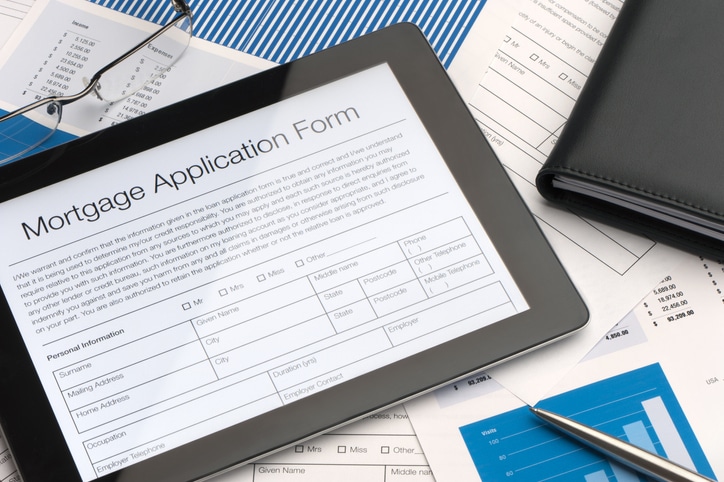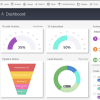Source: CNBC —
If you’re ready to begin your home shopping journey, make sure you get a mortgage pre-approval first.
A mortgage pre-approval letter is an essential step in the homebuying process. Without pre-approval, it might be difficult to determine your budget. Plus, you risk not being taken seriously by sellers — especially in a highly competitive real estate market.
Below, CNBC Select breaks down how a mortgage pre-approval works and when you want to get one.
What is mortgage pre-approval?
A mortgage pre-approval is a document from a lender conditionally offering you a mortgage and containing its terms, such as the loan amount, monthly payments and interest rate. This is a lender’s promise that unless your financial situation changes by the time of purchase, you’ll be approved under the outlined terms.
A mortgage pre-approval is different from a pre-qualification, even though people often use these terms interchangeably. A lender will pre-qualify you based on the information you provide and typically without running a hard credit check and give you a rough estimate of how much you’ll be able to borrow. You won’t need to submit any documents to prove the information is accurate.
When you’re getting pre-approved, a lender will verify your creditworthiness. You’ll need to complete a mortgage application and provide documents such as your recent pay stubs, bank statements and tax returns. The lender will also perform a hard credit pull, meaning your credit score can temporarily drop a few points.
Mortgage lenders have different timelines for how long it takes to issue a pre-approval. For example, Ally Bank and Better.com Mortgage can process your pre-approval online in minutes. PNC Bank advertises pre-approval in as little as half an hour. Some lenders, however, may take up to 10 days to pre-approve you.
Your pre-approval letter’s expiration date can also vary by lender, but most allow you 30 to 90 days to shop for a home and officially apply for a mortgage.















